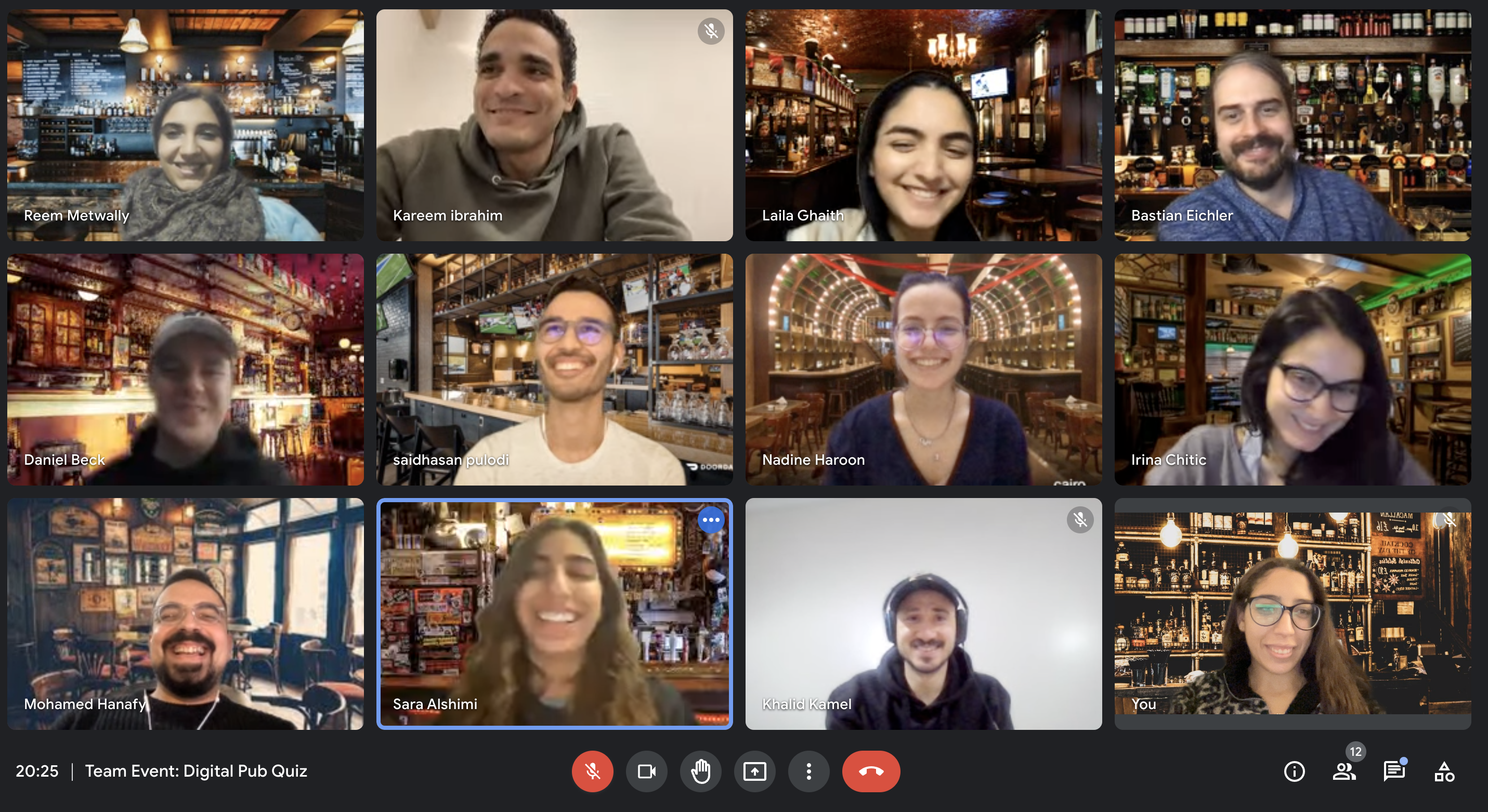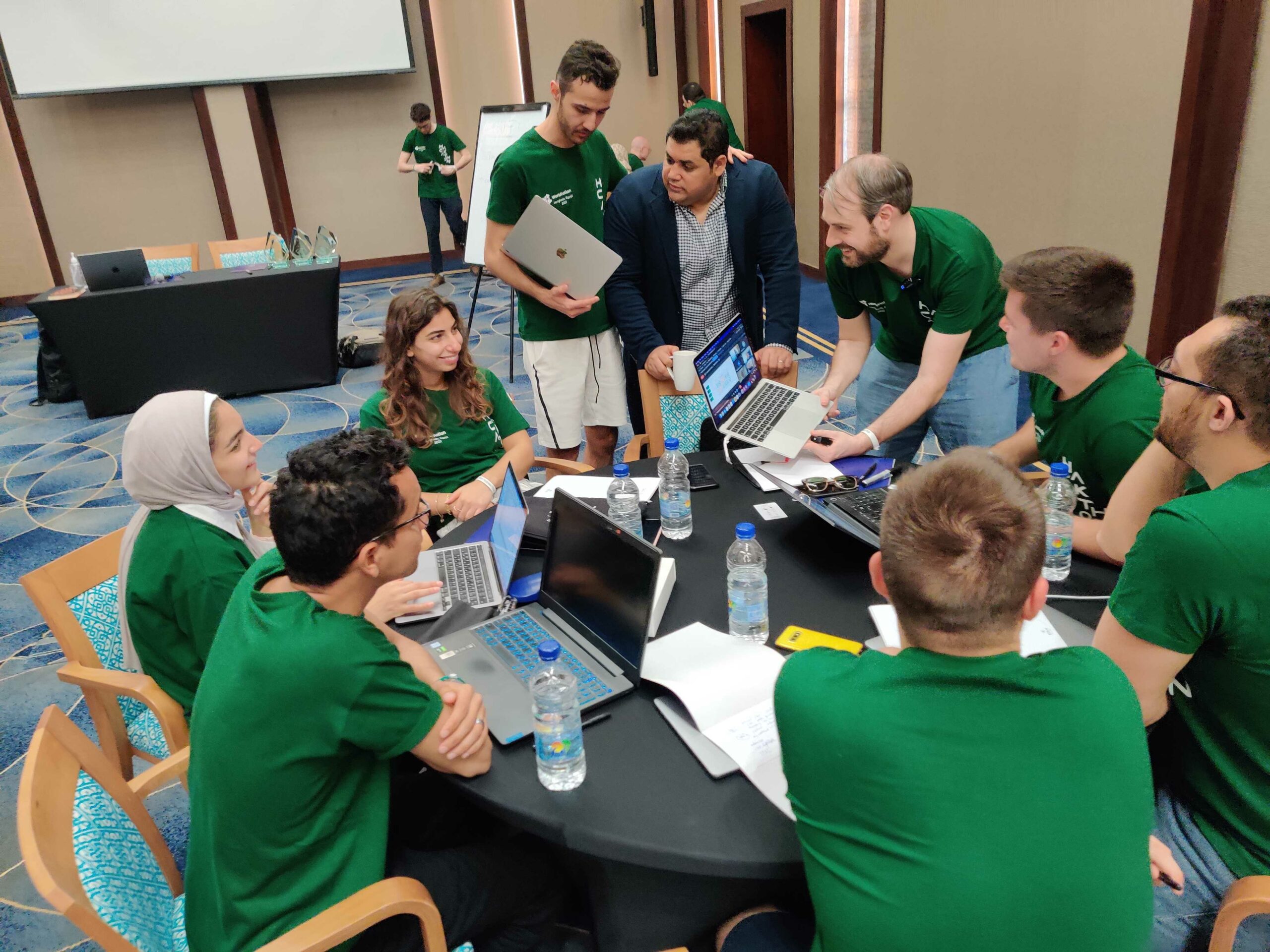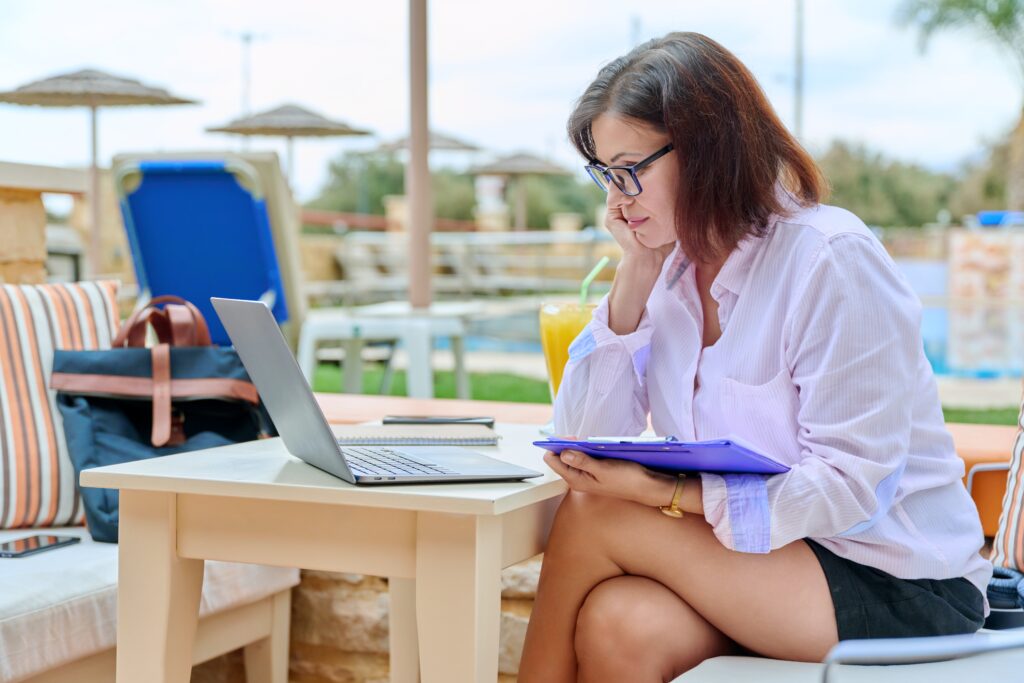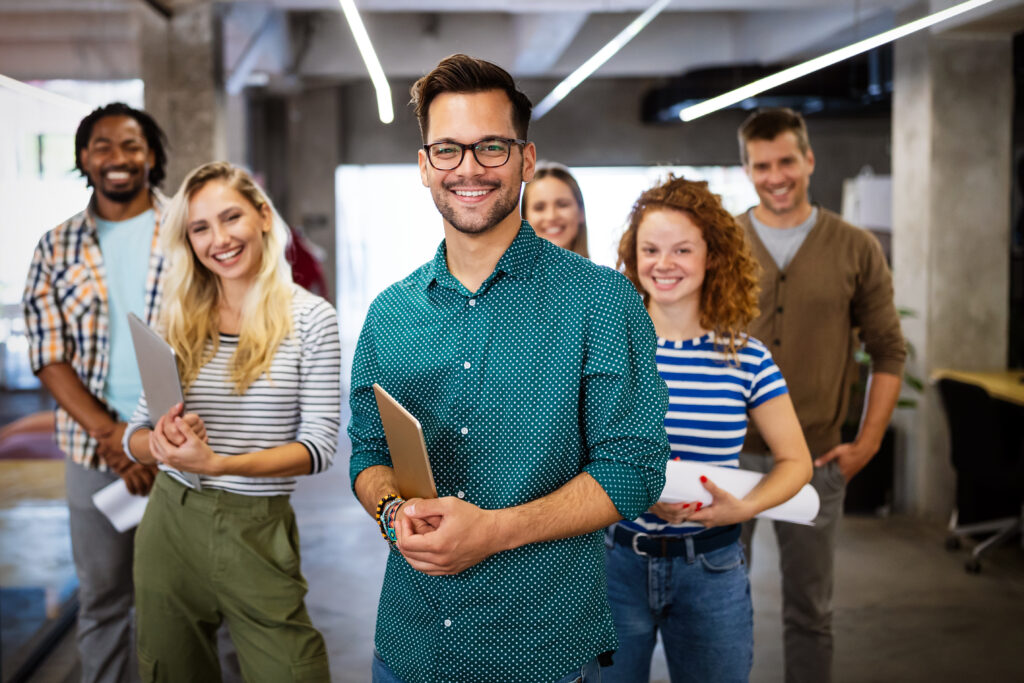As companies move towards a more flexible work policy—whether in the shape of remote or hybrid work—a number of new questions inevitably arise.
These are not easily answered, and need a series of trials, errors and continuous assessment including an exercise in design thinking.
We noticed that working remotely highly increases productivity, but there is also an urgent need to allow ourselves to disconnect. For around 40% of hybrid workers there is no clear start-finish working time, with more time spent checking emails and thinking about work outside working hours.
In our latest Linkedin survey we found out that the most common and biggest struggle while working remotely is the inability to unplug after work. While the average employer might question the efficiency of working from home, the truth is that talent actually feel the urge to be “always digitally present” and overwork, more than before.
While we ponder which measures to take into consideration to foster well-being, we want to consider async work as a starting point to promote a healthier work-life balance and deeper focus.
So what is asynchronous communication?
Asynchronous communication is allowing team members to “read and respond to messages on their own time instead of on the sender’s schedule.” The goal isn’t to eliminate face-to-face interaction, but to re-prioritise focused work over communication.
3 Problems that Async Work alleviates
1. Stress
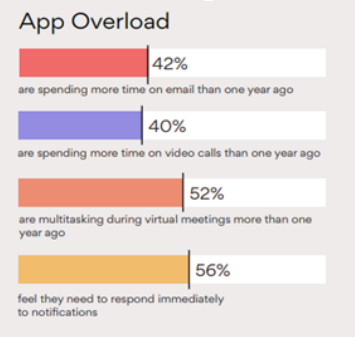
Survey from Asana’s “Anatomy of Work GLobal Index”
Getting constant instant messages and alerts can take a toll on our mental health.
Every day workers are losing their focus by jumping in and out of meetings, being bombarded with emails and juggling a variety of tools.
On average, knowledge workers spend 40% of their day context switching, leaving only 1 hour and 12 minutes of productive time a day that’s not interrupted by communication tools.
“Work about work” is still the biggest barrier to productivity.
2. Time differences
In many of our teams, we have people residing on opposite sides of the globe. While someone is finishing off their daily tasks, another colleague has just woken up.
Geo-Diverse Collaboration is great, it promotes inclusivity and diversity. It is also extremely helpful for a company that needs a constant, vigil eye on any time zone of the world. Async communication is essential in this case, but keep in mind in which time frame you can synchronously coordinate.
3. Flexibility
Not everybody finds their ideal productivity working 9-5.
Allowing people to manage their workload as they prefer and to focus instead on the expected results, enables them to maximise efficiency and tailor their lives around their personal priorities.
At WorkMotion, we believe each employee should be trusted and empowered to discover their own ways of working.
3 Best Practices for Async Work
1. Define your focus time
Our Founder Felix hosted an amazing session on work productivity, and shared with us valuable insights and advice.
It’s okay not to reply immediately, unless your job requires you to do so. You can block specific time slots to reply to all requests. If possible, set up all important meetings in a certain day or time span. Schedule “focus time” or “deep work” blockers in your calendar, and make it clear you are preferably not available for meetings.
2. Communicate efficiently
Before planning a meeting, ask yourself if live interaction is actually indispensable. In most cases, meetings are required when the conversation is complex, nuanced, or requires a deeper level of emotional depth. When you communicate on tasks with your colleagues, make sure to provide all the necessary details.
3. Use the right tools and make sure everybody uses them
As a remote-first company, we totally rely on digital tools and on an updated and top functio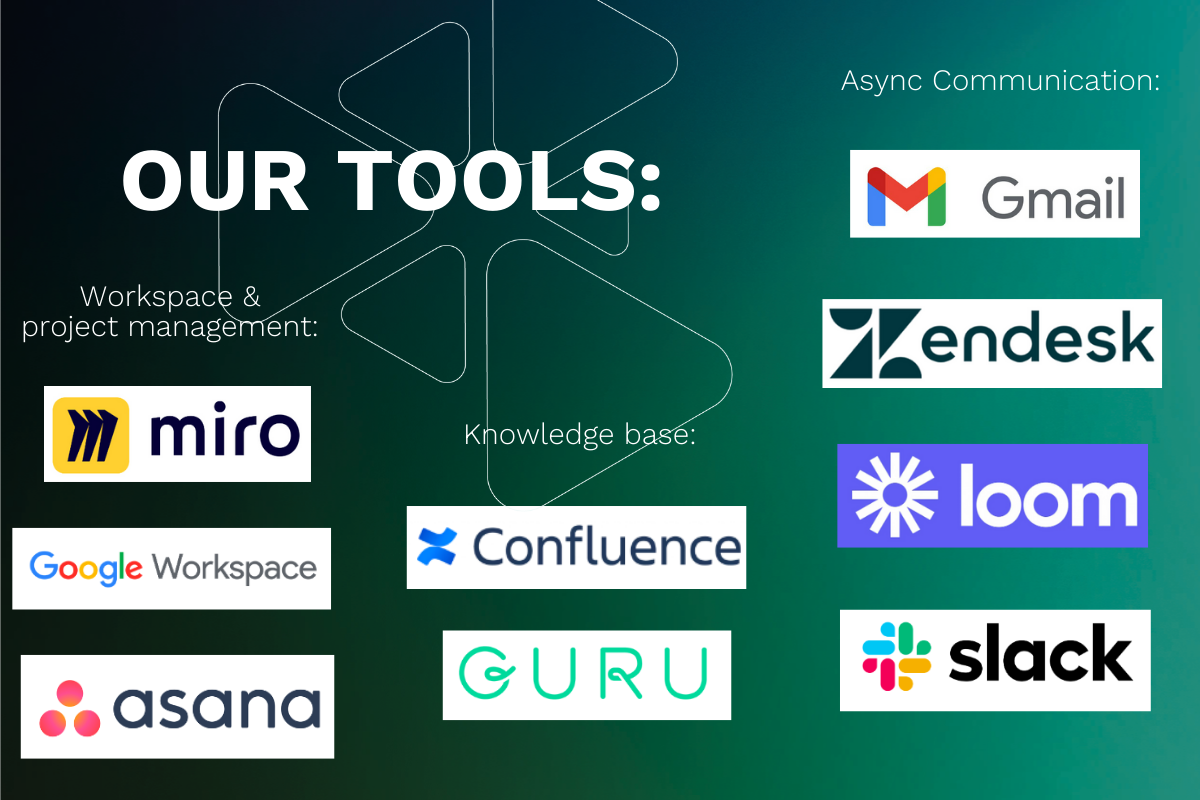
Consider setting up a ticketing system like ZenDesk. We use Asana to follow up on tasks, unless they are particularly urgent. You may consider Loom to include video communication without the need to meet synchronously, and use Slack’s daily standups to allow everybody to be on track on each others’ projects.
Remote work shouldn’t be considered alienating. We enjoy and appreciate our location freedom and time flexibility. At the same time, we also recognise that we need to make the best of our engagement with colleagues and cultivate our connections, in order to build trust, confidence and establish functional communication flows.
Remember you always have the possibility to brighten up your slack channels, join remote events organised by your People Team or plan in-person meetups!




